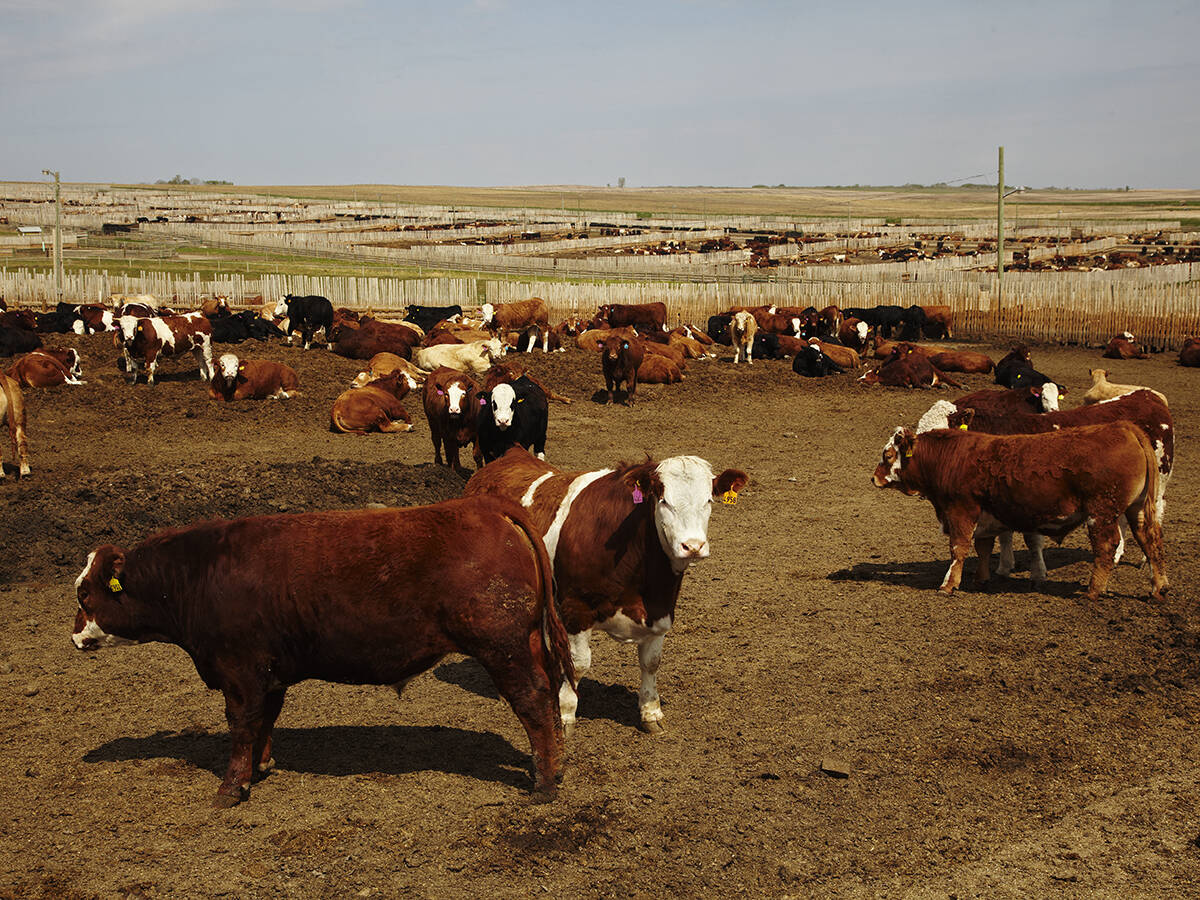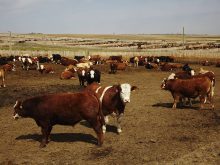This cattle market information is selected from the weekly report from Canfax, a division of the Canadian Cattlemen’s Association. More market information, analysis and statistics are available by becoming a Canfax subscriber by calling 403-275-5110 or at www.canfax.ca.
After three weeks of higher prices, Alberta weighted fed prices softened during the week ending Feb. 14.
Alberta fed steers closed the week at $274.78 per hundredweight, down $1.63 per cwt. from the previous week. Fed heifers fell $3.12 per cwt. to finish the week at $272.50 per cwt.
Read Also

Canfax cattle market report – November 13, 2025
The Canfax cattle market report for November 13, 2025. Fed & feeder cattle prices, butcher cow trends, and cutout market insights.
Even with a softer tone, fed prices continue to sit around the record-high range.
Fed steer prices have rallied $17.31 per cwt. since the beginning of the year, the largest rally for this period seen in the past decade.
While annual highs have been set in June from 2021-24, Canfax reported that higher prices are expected moving into spring.
Dressed sales were $460 per cwt. delivered, remaining fully steady with the previous week.
Cattle were purchased by all three western Canadian packers, with delivery scheduled immediately and into mid-March.
While interest from U.S. packers was noted, no sales were confirmed.
In January, the nearby live cattle contract hit a high of $208.55 per cwt., but this dropped by $10.90 per cwt. to close the week of Feb. 14 at $197.57 per cwt.
The Alberta cash-to-futures basis closed the week at -$9.10 per cwt., the strongest basis recorded for the year. This was $4.65 per cwt. stronger than the previous week, as well as $5.12 per cwt. stronger than the five-year average.
Canadian fed cattle and cow exports to the United States were 15,303 head for the week ending Feb. 1, a 30 per cent increase from last year. Exports south of the border have been well above 10,000 head over the last four weeks.
Light trade dressed sales in Ontario were reported at $465-$470 per cwt. delivered, dropping $10-$15 per cwt. from the previous week.
Overall, market fundamentals currently remain strong, despite the continuing threat of U.S. tariffs and their potential impact on the market.
Non-fed volumes have sharply declined over the last couple of weeks compared to the second half of January, thanks to colder temperatures.
For the week ending Feb. 14, butcher cows traded $5 per cwt. higher than the previous week. This is the highest price since August 2024. Higher prices are being seen through the ring, but rail prices have moved higher more slowly.
Alberta cow prices are at a slight discount compared to the U.S. market on a cash basis. Canfax reported the market is working through the cows that were put on feed last fall.
Compared to last year, western Canadian cow slaughter has dropped eight per cent. However, D4 grade cows are up 21 per cent.
As well, western Canadian cow carcass weights are sitting close to record highs at an average of more than 850 pounds, 45 lb. heavier than last year.
Both the live and feeder cattle future markets saw pressure in light of the U.S. resuming imports of feeder cattle from Mexico, as well as from reports of a new strain of bird flu discovered in dairy cattle in Nevada.
Live cattle contracts for August to December 2025 have declined by $5-$10 per cwt. from their late January highs. Every US$1 per cwt. change on live cattle contracts potentially affects Canadian calf prices by about C$4 per cwt.
The calf and lightweight stocker market has recently seen activity from grass buyers, though feedlots are offering competition. Break-evens for lighter-weight steer calves put on feed in February are close to $300 per cwt. live, aiming for the fed market in the fourth quarter.
Eastern Canadian buyers were less active on the western Canadian market due to heavy snowfall in the East. Manitoba feeder cattle were moving west to Alberta rather than going east.
Canadian feeder cattle exports to the U.S. for the week ending Feb. 1 were more than 6,000 head. This was the largest weekly export volume since March 2022.
U.S. Choice cut-out prices decreased by two per cent to $317.40 per cwt., while Select was down 1.6 per cent to end the week at $309.84 per cwt.
The Choice-to-Select spread narrowed to about $7.50 per cwt., the narrowest spread thus far in 2025, due to the week-over-week decline on Choice.














